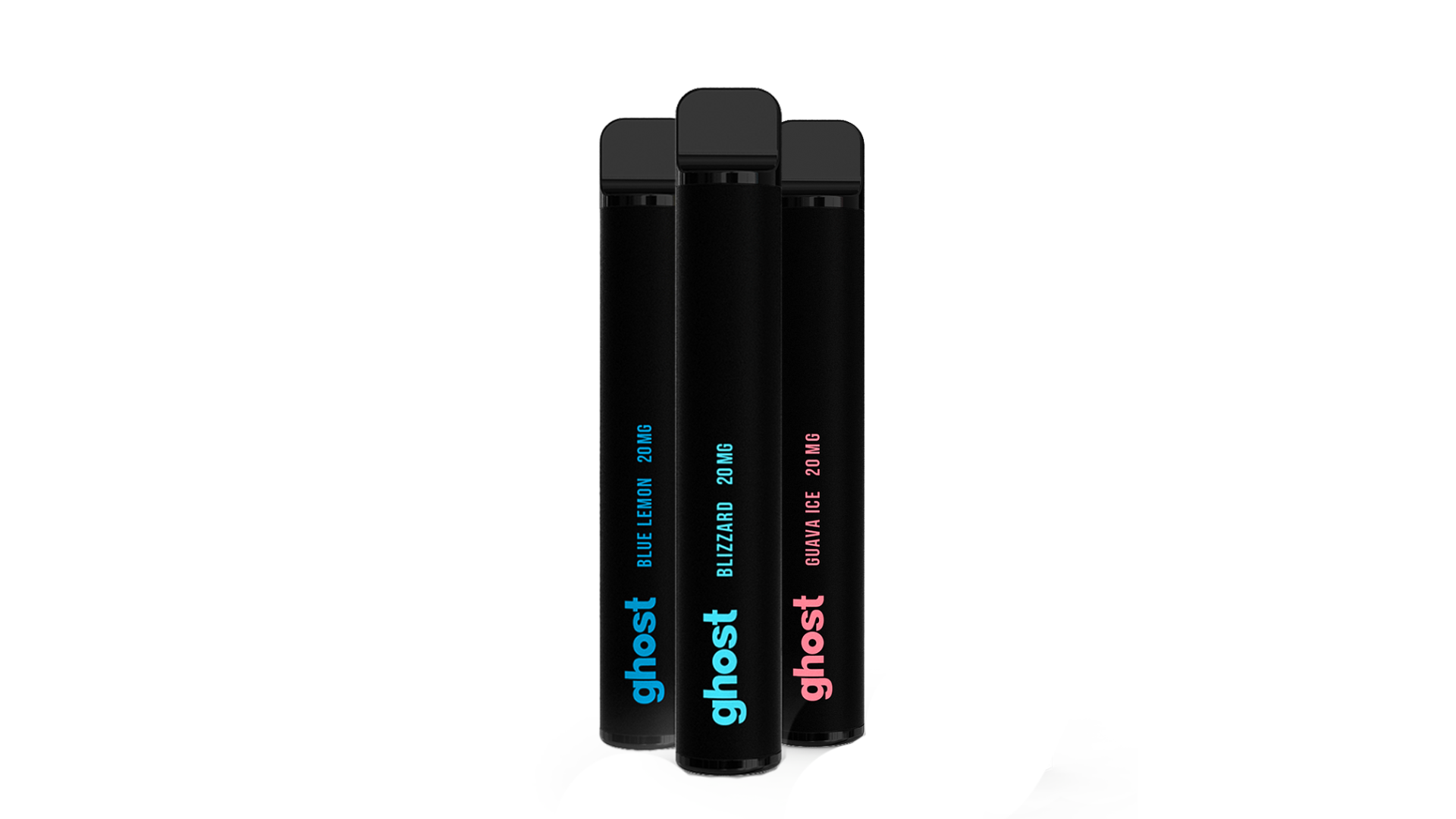Why That Study Of Teenagers In Hawaii Does Not Show Vaping Causes Smoking
Smoking among American teenagers has continued to decline, reaching the lowest rate on record last year, as more and more of them experiment with vaping. These opposite trends seem inconsistent with warnings that the rising popularity of e-cigarettes will encourage consumption of the real thing. Still, it’s possible that the smoking rate among teenagers would be falling even faster if e-cigarettes had never been introduced. A study reported in the journal Tobacco Control last week provides ammunition for those who are inclined to think that’s the case. But contrary to what you may have read, it does not actually show that vaping leads to smoking.

Source: CDC survey data
The researchers, led by Thomas Wills, a social psychologist at the University of Hawaii Cancer Center, surveyed about 2,300 ninth- and 10th-graders, once in 2013 and again a year later. They found that students who in 2013 said they had never smoked were nearly three times as likely to report smoking in 2014 if they had tried e-cigarettes at the time of the initial survey. “We found that e-cigarettes had a risk-promoting effect for onset of smoking,” Wills et al. write. “While some of the transition to dual use was attributable to other variables that are correlated with e-cigarette use (e.g., ethnicity and rebelliousness), the effect of e-cigarettes for onset of smoking was independent of these variables.”
Although the researchers talk about the “onset of smoking,” the measure they used was whether subjects had tried conventional cigarettes at all. It’s not clear how many of those who had will ever be regular cigarette smokers. More important, the “risk-promoting effect” to which Wills and his colleagues refer is actually an association, and it’s not clear whether it represents a cause-and-effect relationship.
There are reasons why some teenagers try e-cigarettes while others do not, and those same factors—which could be related to personality, social circumstances, or tastes and preferences—may explain why those teenagers are also more likely to try conventional cigarettes. Wills and his colleagues tried to rule out alternative explanations for the association between vaping and smoking by controlling for several possible confounding variables, including demographic characteristics and measures of rebelliousness, sensation seeking, and parental support and monitoring. But it’s impossible to precisely measure and control for every variable that distinguishes teenagers who experiment with e-cigarettes from those who don’t.
Having assumed an effect that may not exist, Wills et al. suggest a couple of ways in which vaping could lead to smoking. “The reasons for the effect of e-cigarette use on transition to smoking remain to be clarified, but plausible hypotheses have been suggested,” they write. “One is that some e-cigarettes mimic the look and feel of cigarettes, and the inhaling and exhaling of e-cigarette aerosol produces some of the same sensory experiences as smoking a cigarette. This similar experience may contribute to an inclination towards trying cigarette smoking. Additionally, nicotine exposure via e-cigarettes, even at lower levels, may sensitise adolescents to its effects. If adolescents begin to experience mild physiological effects from nicotine they may be inclined to shift to cigarettes in order to get a bigger ‘kick.’”
Or not. Even if it were true that teenagers who smoke tend to vape first, that would not prove vaping causes smoking. The issue is analogous to the question of whether marijuana is a “gateway” to heroin. While cannabis consumers rarely use heroin, they are more likely to do so than people who never try marijuana, and almost every heroin addict used marijuana first. But that does not mean smoking pot makes people more likely to snort or inject heroin. It could simply be that certain characteristics and circumstances make people more likely to use both drugs, while marijuana tends to be used first because it is far more popular and accessible (in terms of its psychoactive effects as well as its supply). If so, eliminating marijuana from the face of the earth would have no impact on heroin use.
Likewise, the relevant question for those who worry about teenagers who start with vaping and move on to smoking is what would have happened if e-cigarettes did not exist. Would those teenagers have eschewed tobacco for the rest of their lives, or would they have ended up smoking anyway? That question can be answered only with studies that will never be done: experiments in which teenagers are randomly assigned to use e-cigarettes or not, then followed for several years to compare smoking rates.
Without the reassurance that such hypothetical research might provide, we will have to make do with the observation that if e-cigarettes somehow make smoking more prevalent among teenagers than it otherwise would have been, the effect is small enough that smoking by high school students continues a decline that began in the late 1990s. In fact, according to the Monitoring the Future Study, the downward trend accelerated after e-cigarettes were introduced to Americans in 2006 or so.
Wills et al. conclude that “policies restricting adolescents’ access to e-cigarettes may have a rationale from a public health standpoint.” If they are talking about setting a minimum age for purchasing e-cigarettes, their suggestion is not very controversial. Many jurisdictions already enforce a minimum purchase age of 18, and pending federal regulations would impose that rule nationwide. But if Wills et al. are talking about regulations that affect adults, such as restrictions on advertising or bans on certain flavors, the public-health rationale is not at all clear. Rules that make vaping less attractive to current smokers could undermine public health by impeding the replacement of cigarettes by a much less harmful alternative. Worrying about vapers who become smokers while overlooking smokers who become vapers is a recipe for deadly public policy.
-Forbes Magazine















